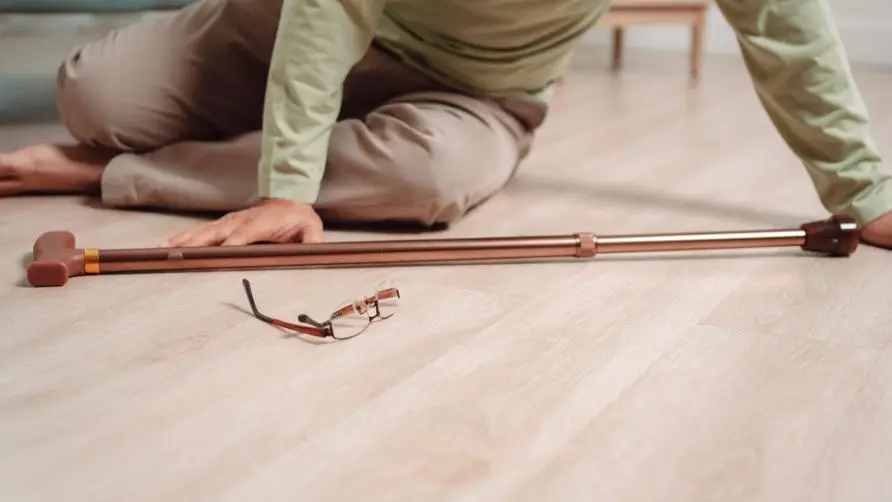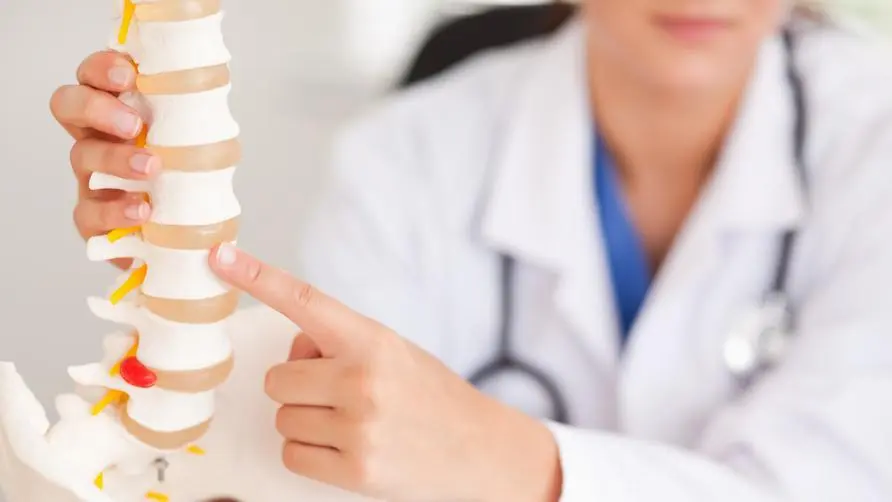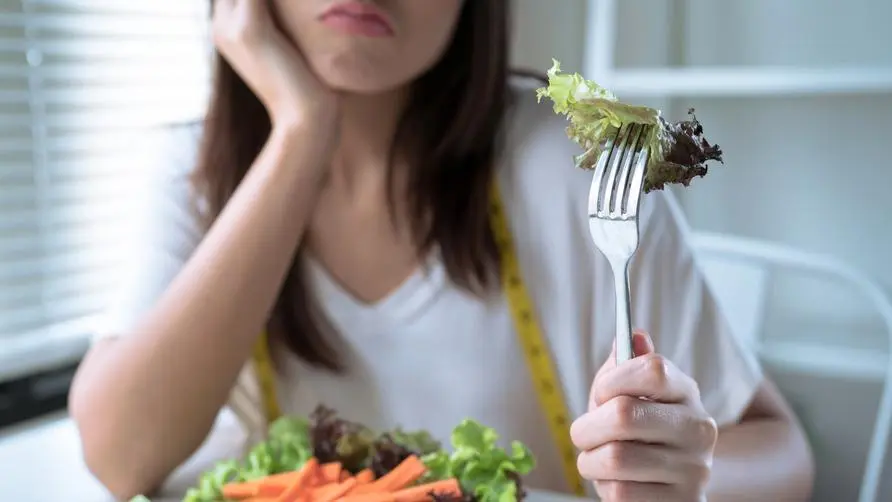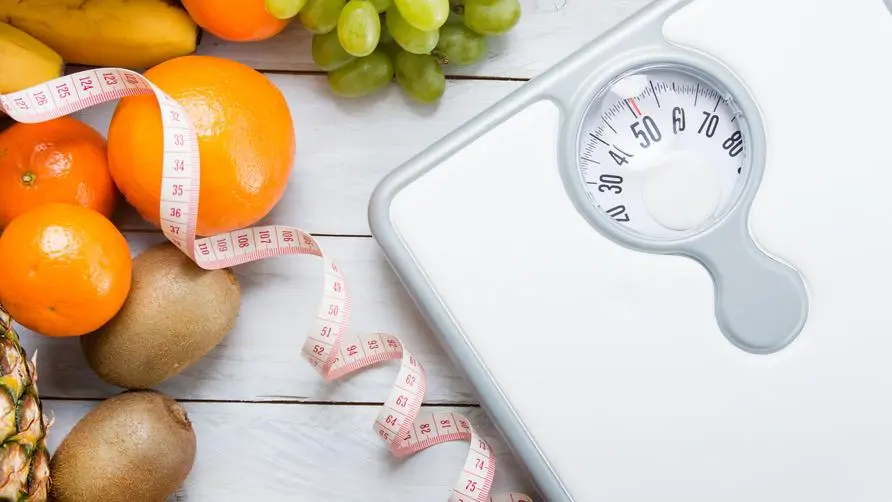National treasure writer Sima Zhongyuan passed away! Is it not just the elderly who are at high risk of falling? The most harmful factor is actually "it"

Sima Zhongyuan, a well-known national treasure writer, passed away on January 4. His son confirmed that when Sima went out for a walk on December 31 last year, he returned home and passed a small slope. Due to his unstable center of gravity, he accidentally crossed his feet and fractured his left thigh; while he was hospitalized; Acute conditions such as cardiac shock and fluid accumulation in the lungs have even occurred. In fact, falls are one of the most common and serious causes of disability, especially among the elderly.
National treasure writer Sima Zhongyuan passed away! Why do falls in the elderly often lead to serious consequences?
According to guidelines published by the U.S. National Institutes of Health (NIH), falls are events in which people unintentionally fall to the ground or other lower locations; there is a direct correlation between fall events and the risk of death, various disease risks, and decline in physical function. Sexual, and occurs more frequently in the elderly, children and athletes. In older adults, related complications are associated with increased falls, which in turn increases the likelihood of injury.
The U.S. National Institutes of Health points out that normal gait is the result of effective coordination of neurons in the basal ganglia brainstem system, muscle tone control, and “proprioception” formed by vision and hearing. The increased risk of falls in the elderly is mostly related to aging, past disease history, and increased drug use, which lead to the degeneration of the above-mentioned neuronal functions. And if the elderly have the following conditions, the risk of falls may increase sharply:
Sarcopenia. May be related to reduced diet, prolonged hospitalization, and long-term exposure to certain illnesses. Generally speaking, decreased muscle mass, coordination and sedentary behavior in older adults are the main causes of sarcopenia.
Cognitive dysfunction. For example, cognitive decline caused by brain damage such as dementia or stroke is common in the elderly. People with long-term illness, pain in specific areas, or severe mood changes are at higher risk.
Postprandial hypotension. It is a non-physiological cause of falls in the elderly, which may be caused by dysfunction of the autonomic nervous system or decreased function of the cardiovascular system.
Obesity. Obesity in the elderly can easily lead to an increased risk of falls. The reason is that obese people are more likely to sit for long periods of time and be inactive, leading to a decline in muscle mass, nervous system, and muscle function.
Osteoporosis. Osteoporosis can easily put the elderly at risk of fractures, and osteoporosis fractures have a very high mortality rate among the elderly.
Reduced diaphragm strength. Decreased strength and function of the diaphragm can lead to unstable back strength and increase the risk of falls. .
Are the elderly not the only groups at high risk of falling? 14 high-risk factors for falls
The U.S. National Institutes of Health also lists risk factors for falls (ordered from high to low in order of correlation), including the following 14 points:
History of falls: Increases the risk of repeated falls.
Age: Increasing age is associated with decreased reaction time during falls, particularly during gait initiation and walking.
Gender: In most older age groups, women are more likely to fall than men.
Race: Research shows that white people are more likely to fall than African Americans, Asians, and other ethnic groups.
Drugs: If you take more than 4 drugs at the same time, the risk of falling will be significantly increased. For example, taking benzodiazepines increases the risk of nighttime falls and hip fractures by 44%; antiarrhythmic drugs, digoxin (anti-heart failure or arrhythmia drugs), diuretics, sedatives and psychotropic drugs Other medications can also significantly increase the risk of falls.
Living alone: Living alone is a risk factor for falls. If a person who falls cannot get up with help from others, the injuries and adverse consequences may be increased.
Adverse health conditions: Adverse health conditions associated with an increased risk of falls, including cardiovascular disease, arthritis, thyroid dysfunction, diabetes, depression, and chronic obstructive pulmonary disease (COPD). In addition, frequent vertigo and incontinence are also common among people who fall.
Impaired gait and mobility: After the age of 30, the body’s strength and endurance decrease by approximately 10% every decade; when strength, power, and endurance decrease, the risk of falls increases.
Sedentary: People who sit for long periods of time are more likely to fall than those who are physically active.
Fear of falling: Statistics indicate that up to 70% of people who have fallen recently express fear of falling; and 50% of this group may limit physical or social activities because of excessive fear of falling, leading to a vicious cycle that increases the risk of falling. cycle.
Malnutrition: Nutritional deficiencies can lead to a low body mass index (BMI), which increases the risk of falls. In addition, long-term vitamin D deficiency can lead to muscle weakness, osteoporosis, and impaired gait function.
Cognitive impairment: Dementia, poor memory, and mental instability are associated with an increased risk of falls.
Impaired vision: Eye problems such as glaucoma, cataracts, and macular degeneration affect the visual field and make falls more likely.
Foot problems: Problems such as pain on the bottom of the feet when walking (such as plantar fasciitis), calluses, deformed toes or nails, and foot ulcers can increase balance difficulties and the risk of falls.
The U.S. National Institutes of Health warns that as the number of the above 14 risk factors increases, the risk of falls will suddenly increase: for each additional risk factor, the risk of falls will double within one year. In the absence of risk factors, the starting point of the proportion is 8%. In the case of the superposition of four risk factors, the proportion can increase up to 78%. Risk groups must be cautious.
1 in 6 people over the age of 65 have fallen, and more than half of falls occur in “this situation”
Looking at Taiwan’s fall population, according to statistics on causes of death from the Ministry of Health and Welfare in 2021, the number of deaths due to accidental injuries in 2021 was 6,775, ranking seventh among the causes of death in Taiwan. Among them, falls (falls) accounted for 21.9% (1,482 people) of deaths. . The results of the 2017 National Health Interview Survey show that approximately 1 in 6 elderly people over the age of 65 have experienced a fall, and 1 in 12 elderly people have sought medical treatment due to a fall.
It is worth noting that 52% of elderly fall injuries occurred indoors and 48% occurred outdoors. The indoor fall injury locations, in order, were living room, bedroom, bathroom, kitchen or dining room, balcony, stairs, etc. The Taiwan Health Promotion Administration emphasizes that falls are the main cause of hospitalization and emergency room injuries for those over 65 years old, and their incidence rate also increases with age.
How to avoid serious consequences after a fall? Experts reveal 5 things you must know before entering old age
To sum up, the public is reminded that before entering middle-aged and elderly people, they should improve their bone density and make their bones stronger by changing their lifestyle, eating habits or active exercise to avoid the risk of falls and accidents in the future. Jenna Hope, a nutritionist at the University of Surrey in the UK, said that people can ensure the health of their bone structure through the following five measures:
1. Use weight training
Hope said that strength training not only builds muscles, but also helps the growth of new bones and maintains the integrity of existing bone structures. A previous study published in the Journal of Postgraduate Medicine found that postmenopausal women who underwent a 12-month weight training program had higher bone density in their spine and hips. This area is often susceptible to osteoporosis.
2. Take vitamin C
Vitamin C is widely found in vegetables and fruits. If you eat more than 5 servings of fruits and vegetables every day, you can reach the recommended daily intake of vitamin C (40 mg). Hope points out that foods rich in vitamin C include citrus fruits, peppers, strawberries, kiwis, broccoli and potatoes.
3. Add more calcium
Calcium is the most important nutrient in bones, helping to enhance bone strength and strength. However, Hope also emphasized that without appropriate supplementation of vitamin D and vitamin K to act as carriers, the calcium in the bones will not be able to work effectively. It is recommended to supplement with more than 10 micrograms of vitamin D a day and ensure adequate sunlight exposure; vitamin K is commonly found in green vegetables and soy products. Taking the three at the same time is crucial for bone health.
4. Avoid low heat
Too many calories can cause obesity, and too little calorie intake is still too much. Hope said that extreme dietary methods such as dieting and fasting will increase the risk of bone fragility. In addition, too few calories may cause an individual to be underweight and increase the risk of bone disease. Therefore, you should take in a variety of nutrients on a daily basis to avoid excessive weight fluctuations, which may increase the chance of bone loss or fractures.
5. Eat more protein
Hope recommends that elderly people over 65 years old can strengthen their bones by consuming high-quality protein and combining it with regular strength training. Studies have pointed out that elderly people who consume protein and exercise can significantly reduce potential risks such as falls and fractures. Complete and high-quality protein such as lean meat, fish, and eggs. Vegans can also consume plant-based protein such as beans, nuts, seeds, whole grains, and soy products.
Falls are a serious problem for the elderly and people should not be careful; repeated falls will lead to an increase in morbidity and mortality in this group and a decline in the functions of various parts of the body. Considering the mental, emotional, and physical harm caused by falls, early intervention is recommended to prevent falls.
Further reading:





